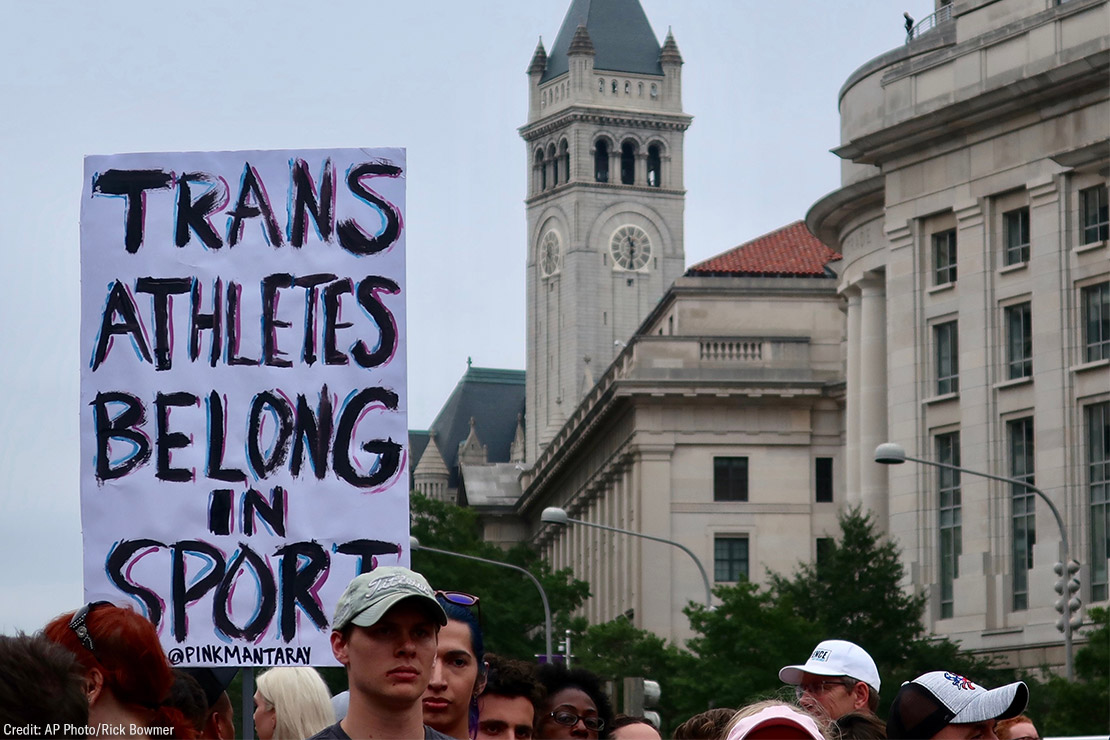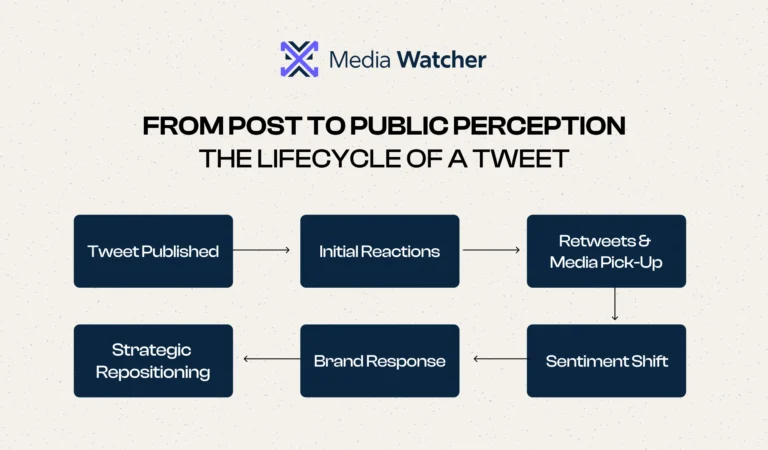
Since Timothy LeDuc became the first transgender athlete to secure a spot for Team USA in the 2022 Beijing Winter Olympics with his figure skating partner, Ashley Cain-Gribble, transgender athletes have been a lightning rod in sports. From high school gyms to Olympic arenas, LGBTQ+ athletes have sparked intense debates that stretch far beyond any stadium or court. And nowhere is this more evident than in recent disputes between collegiate organizations such as the San José State University (SJSU) women’s volleyball team, where one transgender athlete’s presence prompted praise, protests, and plenty of forfeits. Whether it’s volleyball, rugby, or track, the truth is that no one-size-fits-all policy can address the realities of trans inclusion. Sports are individual, and so are the solutions.
Let’s start with SJSU, where Blaire Fleming—a transwoman and an excellent athlete–helped launch the Spartans’ season to national prominence. Opposing teams, claiming worries about fairness and player safety, chose to forfeit rather than compete against her. Fleming’s stats are definitely impressive: the 6’1” pin hitter ranks fourth in the Mountain West Conference in kills per set and is a huge asset on the court (I personally think it is worth noting that the three athletes above Fleming in kills per set are cisgender females). However, her appearance prompted teammate Brooke Slusser to file a complaint against the NCAA, arguing that the organization failed to protect cisgender female competitors. The season’s drama concluded with SJSU falling short to Colorado State in their 2024 conference championships, but the debate had only just begun.
Zooming out from college volleyball, the conversation gets even hotter. What about contact sports? In the Netherlands, a rugby player named Elena King sustained a serious knee injury during a tackle by a transgender woman player. King raised worries about the safety and fairness of women’s rugby, sparking debate concerning the participation of transgender athletes in contact sports. Additionally, in Massachusetts, a high school field hockey game resulted in a female athlete losing teeth after being struck by a ball hit by a transgender opponent. In track and field, New Zealand weightlifter Laurel Hubbard made history by competing in the Tokyo 2020 Olympics, igniting a global dispute over trans inclusion at the highest levels of sport.
At the high school level, the battleground is just as active. Take Connecticut, where two trans sprinters—Terry Miller and Andraya Yearwood—dominated girls’ track events in 2018, leading to a federal lawsuit from cisgender athletes who argued that Title IX protections were being undermined. In response, several U.S. states have passed “Fairness in Women’s Sports” bills, banning trans girls from competing on girls’ teams. Supporters say they’re protecting opportunities for women; critics call it thinly veiled discrimination.
However, if transgender athletes automatically dominated their sports, wouldn’t Blaire Fleming top the leaderboard? Advantage is nuanced, it’s not a cheat code to win gold medals. Anyone who has played sports knows that athletics have never solely been about biology–they’re also about discipline, identity, teamwork, and perseverance. For many trans athletes, being allowed to compete as their true selves is a matter of mental health, social belonging, and basic human dignity. The debate of whether transgender athletes should be allowed to compete does not just come down to sports as a whole, one has to look at each sport individually, just like each sport has individual rules. It’s a question of science, fairness, identity, and unfortunately, politics. So many sports have been intergender for years: golf, volleyball, track and field, equestrian, and tennis. Are we really to forget Billie Jean King famously defeating Bobby Riggs in the Battle of the Sexes (in straight sets, mind you)? As this debate moves forward, I believe it is important not to forget the amazing female athletes who have already done historic things against cisgender men, despite what the world originally thought.
Make no mistake: transgender athletes aren’t just participating—they’re changing the game. From Connecticut’s high school tracks to college volleyball courts and Olympic podiums, their presence is forcing every level of sports to rethink what fairness, safety, and competition really mean. And while headlines may focus on controversy, the deeper story is this: there is no one answer–only ongoing questions. Sport by sport, case by case, the rules are still being written. And that, more than any stat or medal, might be the most defining challenge of this athletic era.
Author Profile
- Tessa Winkleman is a dynamic scholar-athlete and aspiring sports law professional. Raised in Las Vegas before heading to Michigan (Go Blue!), she earned a Division I volleyball scholarship to St. Francis College in Brooklyn. After transferring to Hunter College, she led her team as MVP, earning numerous athletic and academic honors. Tessa has interned at McShane & Bowie LLP and the PREA Investigation Unit at Rikers Island, combining her passions for justice and advocacy. She is set to pursue a master’s degree in Sports Law and Management at the Universidad Europea de Madrid, in partnership with Real Madrid FC.
Latest entries
 PoliticsJuly 10, 2025Courtside Diplomacy: How Tennis Became the Quiet Power Player in Global Politics
PoliticsJuly 10, 2025Courtside Diplomacy: How Tennis Became the Quiet Power Player in Global Politics BusinessJuly 9, 2025Red, White, and Grass Stains: What the 2026 FIFA World Cup in the U.S. Says About Soccer, Politics—and Lawn Care
BusinessJuly 9, 2025Red, White, and Grass Stains: What the 2026 FIFA World Cup in the U.S. Says About Soccer, Politics—and Lawn Care SportsJuly 4, 2025Gold Medals, Clean Reputations? The Curious Case of Sportswashing in 2025
SportsJuly 4, 2025Gold Medals, Clean Reputations? The Curious Case of Sportswashing in 2025 TennisJuly 3, 2025Ben Shelton Serves Up A Racket: When Tennis Meets Politics at Wimbledon
TennisJuly 3, 2025Ben Shelton Serves Up A Racket: When Tennis Meets Politics at Wimbledon

 Steelersforever.org
Steelersforever.org





